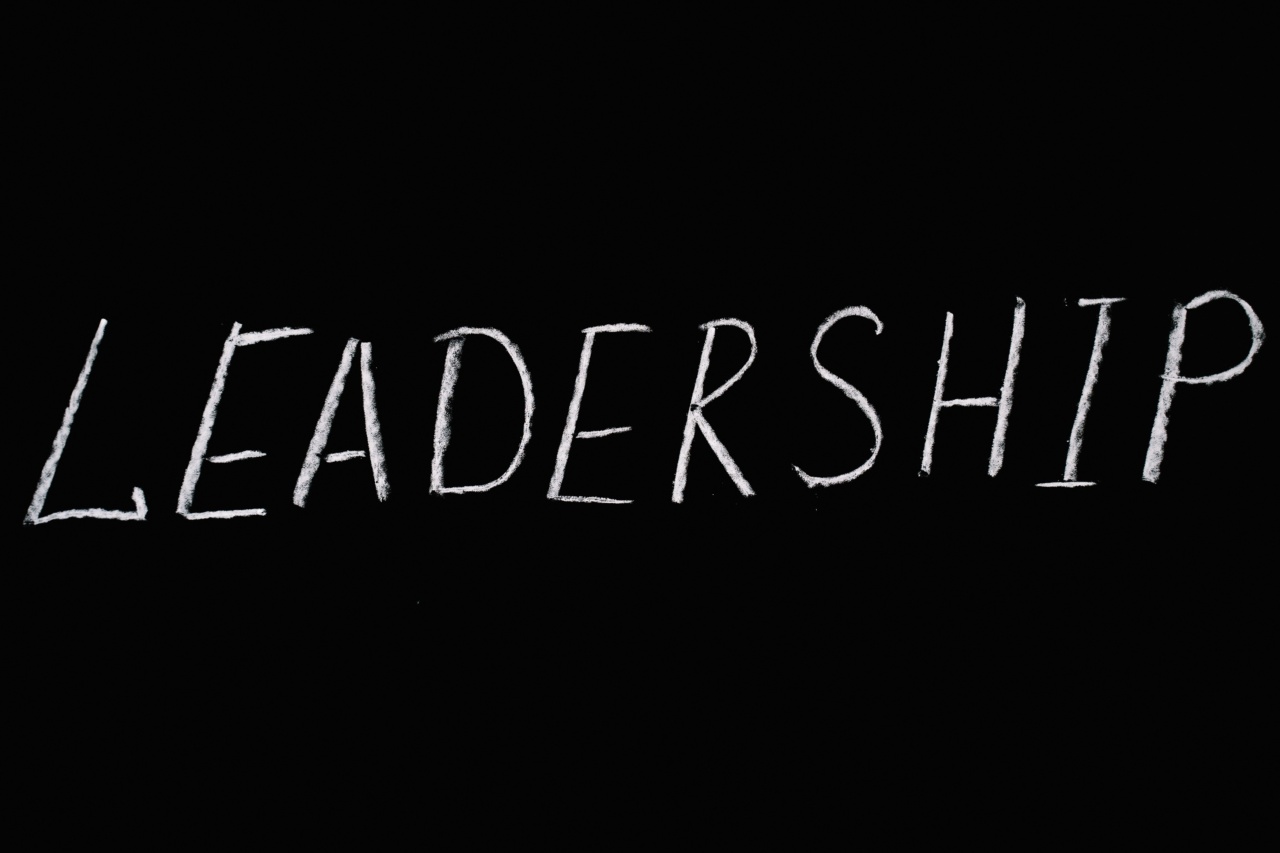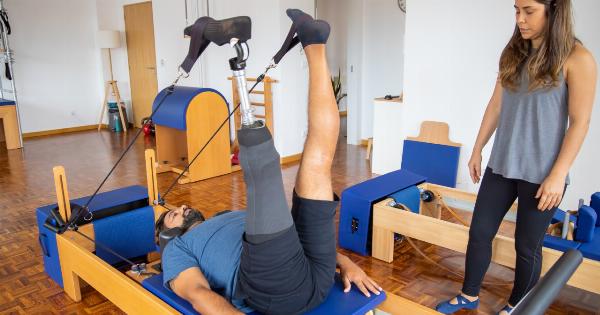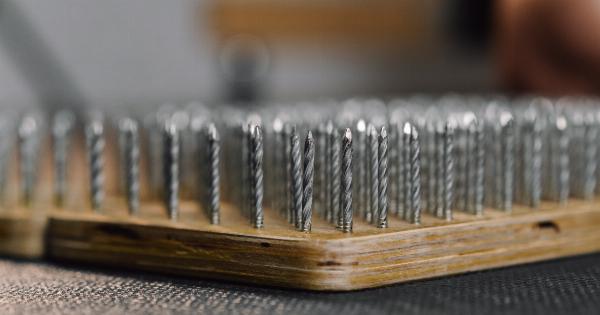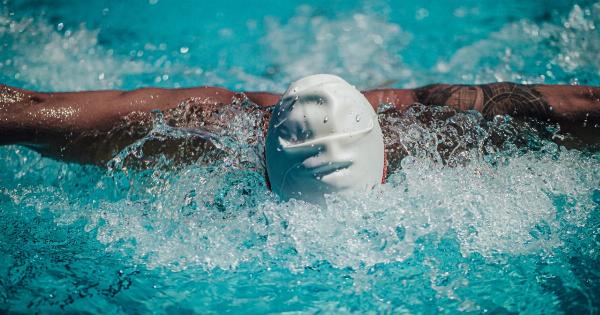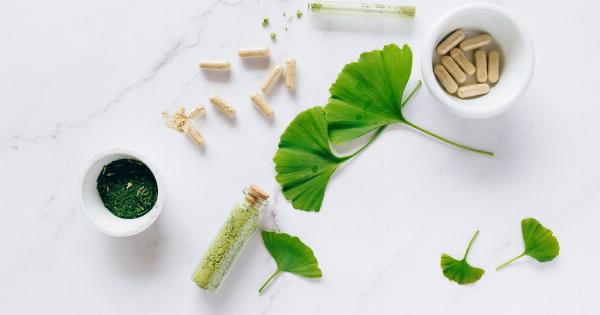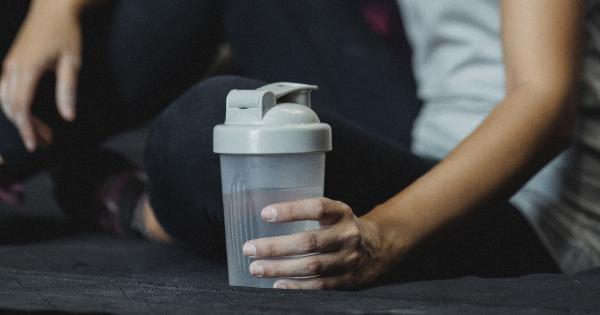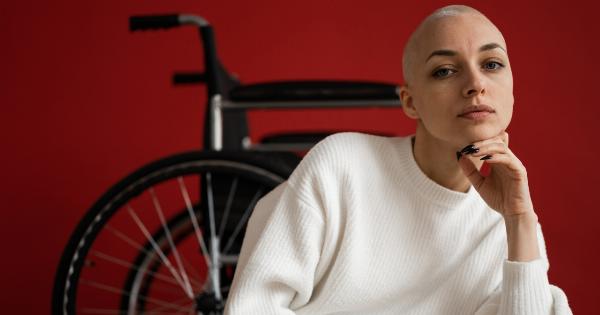Stroke can be a devastating experience that leads to physical, cognitive, and emotional impairments. It is a leading cause of death and disability worldwide.
However, stroke recovery is possible, and the extent of recovery can vary depending on several factors. Here are the key factors that influence stroke recovery.
Cause and Severity of Stroke
The cause and severity of the stroke can significantly impact the recovery process.
A stroke caused by the blockage of a blood vessel in the brain (ischemic stroke) tends to have a better prognosis than the stroke caused by the bleeding in the brain (hemorrhagic stroke). Additionally, the severity of the stroke can affect the level of physical, cognitive, and emotional impairment. More severe strokes may require longer recovery periods and more extensive rehabilitation.
Age
Age plays a significant element in stroke recovery. Older individuals tend to experience more significant and long-lasting impairments after a stroke.
This is because aging often results in the decline of the body’s ability to repair and regenerate itself. As a result, it is crucial for older adults to receive prompt and effective rehabilitation to improve their chances of recovery.
Comorbidities and Pre-existing Conditions
Individuals who have pre-existing medical conditions or comorbidities such as diabetes, hypertension, or heart disease have an increased risk of stroke and might face more challenges during recovery.
These conditions may also exacerbate the effects of the stroke and make the recovery process more complicated.
Time to Treatment
Stroke is a medical emergency that requires immediate treatment to prevent or minimize damage to the brain.
The time taken to reach the hospital or receive treatment after a stroke is a crucial factor in determining the extent of a patient’s recovery. Studies show that individuals who receive treatment within the first three hours after the onset of stroke symptoms have a better chance of recovery than those who receive treatment later.
Rehabilitation
Rehabilitation plays a vital role in stroke recovery. A comprehensive rehabilitation program can help improve physical, cognitive, and emotional functioning.
Rehabilitation typically includes physical therapy, occupational therapy, speech therapy, and mental health counseling. The intensity and duration of rehabilitation vary from person to person based on their specific needs and impairments.
Family Support and Caregiving
Family support and caregiving play an essential role in stroke recovery. Studies have shown that individuals with strong social support systems tend to recover more quickly and experience less depression and anxiety.
Caregivers can assist with daily activities, encourage the patient to participate in rehabilitation, and provide emotional support.
Motivation and Attitude
The individual’s motivation and attitude can impact the recovery process significantly. Those who have a positive attitude and are motivated to recover are more likely to make progress in rehabilitation and achieve their goals.
Individuals with a negative outlook may become disengaged from the rehabilitation process and experience slower recovery time.
Financial and Socioeconomic Factors
Financial and socioeconomic factors can also influence stroke recovery. These factors can include access to healthcare, insurance coverage, and financial resources.
Individuals who lack access to healthcare or have limited financial resources may experience delays in treatment or rehabilitation, which can lead to a longer recovery time.
Post-Stroke Lifestyle Changes
Post-stroke lifestyle changes, such as diet, exercise, and smoking cessation, can have a significant impact on the recovery process. A healthy lifestyle can help prevent future strokes and improve overall health outcomes after a stroke.
Research has shown that lifestyle factors such as physical activity, healthy eating, and stress management can improve recovery and reduce the risk of stroke recurrence.
Medications and Therapies
Medications and therapies can help manage stroke-related impairments and improve recovery outcomes. Medications such as antiplatelet agents, anticoagulants, and thrombolytics can help prevent future strokes or treat the underlying cause of the stroke.
Therapies such as botulinum toxin injections and electrical stimulation can help manage spasticity and improve movement.
